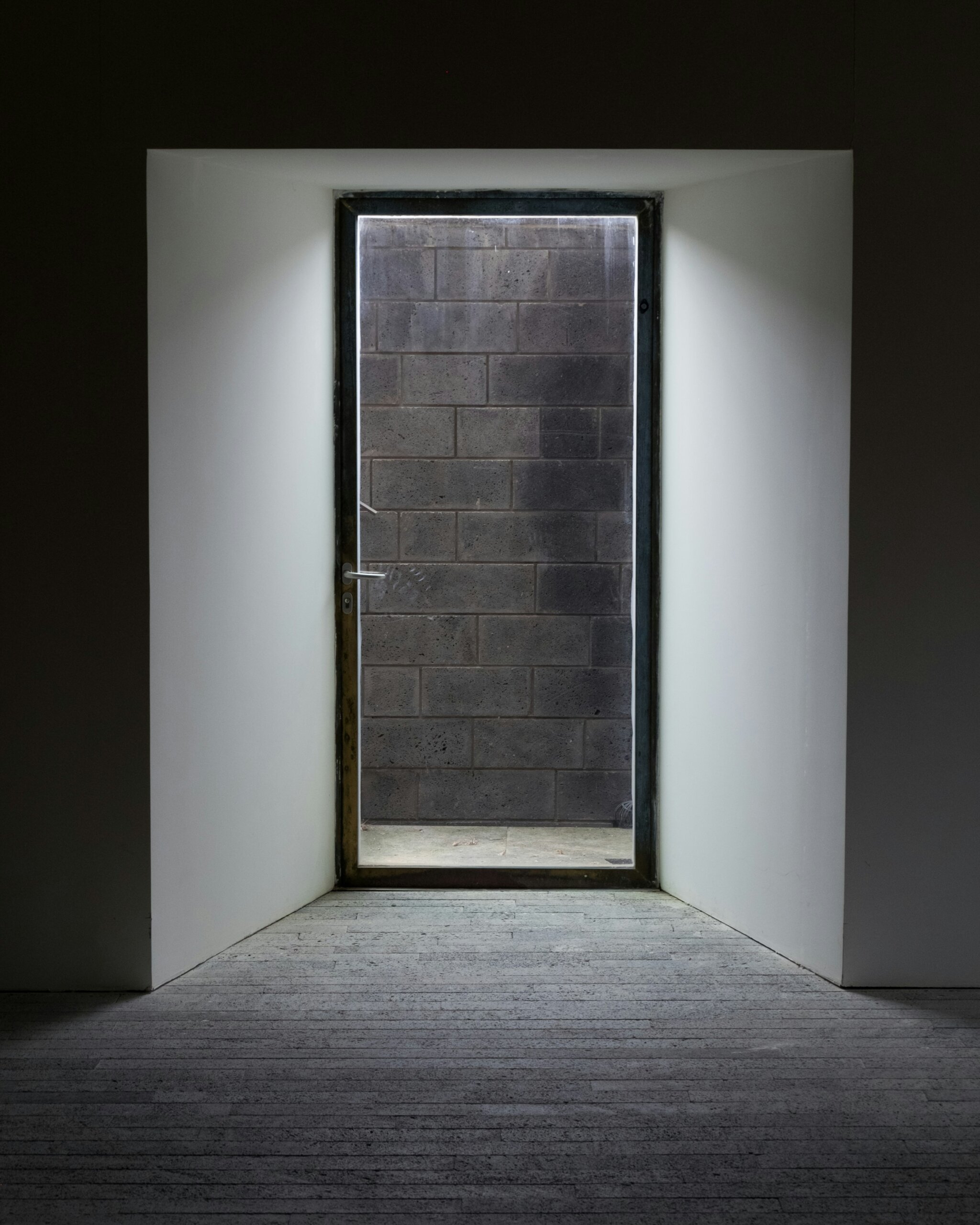
Introduction to Flooring Options
When considering the enhancement of an indoor environment, the choice of flooring material plays a pivotal role in both aesthetics and functionality. Among the numerous flooring options available, PVC (Polyvinyl Chloride) flooring and ceramic flooring stand out due to their distinctive properties and applications. Understanding the key differences between these two types of flooring is essential for homeowners and builders seeking to create spaces that are both visually appealing and utilitarian.
PVC flooring is known for its versatility, durability, and ease of maintenance. It is composed of synthetic materials, making it resistant to water, stains, and scratches, which is particularly advantageous in high-traffic areas or moisture-prone environments. Available in various designs and colors, PVC flooring can replicate the appearance of natural materials like wood or stone, offering an attractive yet practical solution for residential and commercial spaces.
On the other hand, ceramic flooring has been a traditional choice for many due to its timeless elegance. Made from natural clay and minerals, ceramic tiles are fired at high temperatures, resulting in a hard, durable surface. This flooring option is well known for its longevity and resistance to wear. Additionally, ceramic tiles are relatively cool in temperature and can be an ideal choice for warm climates. However, they can be more labor-intensive to install and may require regular grouting to maintain an attractive look.
Ultimately, the selection of flooring should be influenced by several factors, including aesthetic preferences, functional requirements, and maintenance considerations. As homeowners and builders navigate through these options, a comprehensive understanding of the characteristics of PVC and ceramic flooring will empower them to make informed decisions that will enhance the overall quality of their spaces.
Material Composition and Durability
PVC flooring and ceramic flooring represent two distinct categories of flooring materials, each with unique compositions and durability characteristics. PVC, or polyvinyl chloride, is a synthetic plastic polymer that is created through a complex chemical process involving the polymerization of vinyl chloride monomers. This results in a versatile and resilient material known for its ability to mimic other surfaces while offering distinct advantages. The manufacturing of PVC involves additives that enhance its performance, such as plasticizers for flexibility, stabilizers to maintain its shape over time, and pigments for aesthetic appeal.
In contrast, ceramic flooring is primarily composed of natural raw materials, including clay, sand, and feldspar. These materials undergo a meticulous process of shaping and firing at high temperatures, transforming them into a durable and dense surface. The firing process not only contributes to the strength and longevity of ceramic flooring but also makes it resistant to heat and humidity. This natural composition lends ceramic tiles a classic aesthetic, often utilized for its beauty and functionality across various settings.
When comparing durability, PVC flooring exhibits remarkable resistance to moisture, making it an ideal choice for areas prone to water exposure, such as kitchens and bathrooms. It also offers significant impact resistance, which helps prevent dents and scratches from everyday use. However, PVC can be susceptible to damage from extreme temperatures and may not perform as well in environments exposed to intense sunlight without appropriate measures such as UV stabilizers.
Ceramic flooring, while incredibly robust against wear and tear, is inherently more brittle than PVC and can chip or crack under heavy impact. Nonetheless, ceramic tiles excel in being non-porous, which facilitates easier cleaning and maintenance. Additionally, their dimensional stability allows them to withstand significant temperature fluctuations without warping or deteriorating.
Understanding these material properties and their implications for durability enables consumers to make informed decisions tailored to their specific needs and environments.
Installation Process and Cost Comparison
The installation processes for PVC flooring and ceramic flooring differ significantly, impacting both the overall complexity and associated costs. PVC flooring, characterized by its lightweight and flexible nature, is generally easier and quicker to install. This versatility allows for various installation methods, such as glue-down, click-lock, or loose lay options. Even DIY enthusiasts can manage the installation of PVC flooring without professional assistance, contributing to its growing popularity among homeowners looking to reduce costs. Moreover, the installation period for PVC flooring is typically shorter, often allowing a room to be ready for use within a single day.
On the other hand, ceramic flooring installation is more labor-intensive and requires a higher skill level, making it less accessible for DIY projects. The process begins with a solid subfloor to ensure proper adhesion, followed by careful layout planning to avoid cutting tiles haphazardly. Additionally, the tiles must be set with mortar, followed by grouting, which can be time-consuming. Given these requirements, professional installation of ceramic tiles can increase costs significantly, both for labor and materials. Homeowners should also account for the necessity of underlayment, which may add to the initial investment.
When comparing costs, PVC flooring tends to be more budget-friendly, with lower material and installation fees. In contrast, ceramic flooring not only demands higher initial material costs but also additional expenditures for expert installation. The overall investment for each type of flooring can vary widely based on the project scope and quality of selected materials. By understanding these differences, homeowners can make informed decisions regarding which flooring suits their financial and practical needs best.
Aesthetic Appeal and Maintenance Considerations
When it comes to flooring options, both PVC and ceramic materials offer distinct aesthetic qualities and maintenance requirements. PVC flooring is renowned for its versatility in design. Available in a myriad of colors, patterns, and textures, it can effectively mimic the appearance of natural materials, such as wood or stone, creating an inviting atmosphere. This variety allows homeowners to select designs that seamlessly complement various interior themes, from contemporary to rustic.
Ceramic flooring, on the other hand, boasts a timeless quality with its glazed finishes and intricate designs. It is available in an extensive range of styles, including mat and glossy finishes, which can enrich the visual appeal of a space. The longevity of ceramic tiles is another significant factor; they tend to maintain their aesthetic integrity over time, resisting fading from sunlight and wear from foot traffic. Thus, both PVC and ceramic flooring can enhance a home’s aesthetic, but the choice ultimately depends on individual style preferences.
From a maintenance perspective, PVC flooring is favored for its low upkeep. It is generally easy to clean; regular sweeping and mopping can keep it looking fresh. Moreover, PVC is less prone to cracking and chipping compared to ceramic, making repairs less frequent and cost-effective. Conversely, ceramic flooring, while durable, requires more attention to maintain its luster. Grout lines can accumulate dirt and may need periodic scrubbing or resealing to prevent stains, thus demanding a bit more effort in upkeep.
Ultimately, when selecting between PVC and ceramic flooring, one must weigh both aesthetic appeal and maintenance considerations. Each type has its unique advantages; thus, aligning the choice with one’s personal lifestyle and design preferences is crucial for achieving a satisfying result in home decor.



